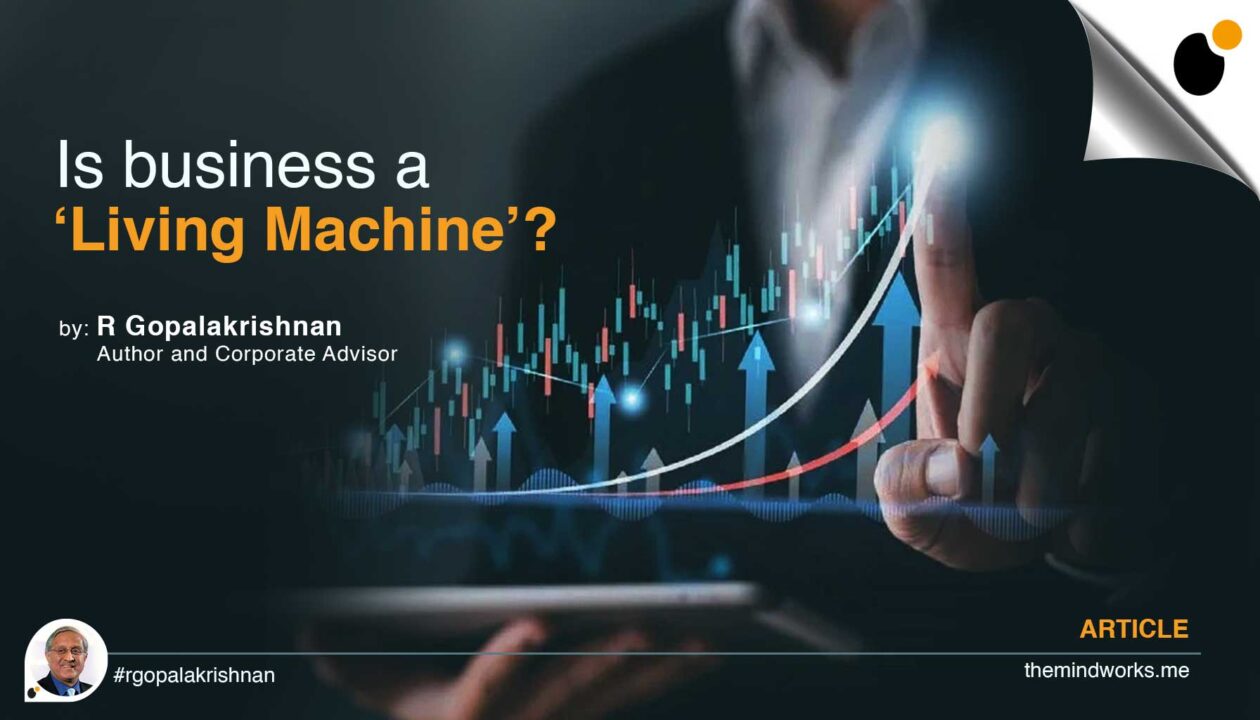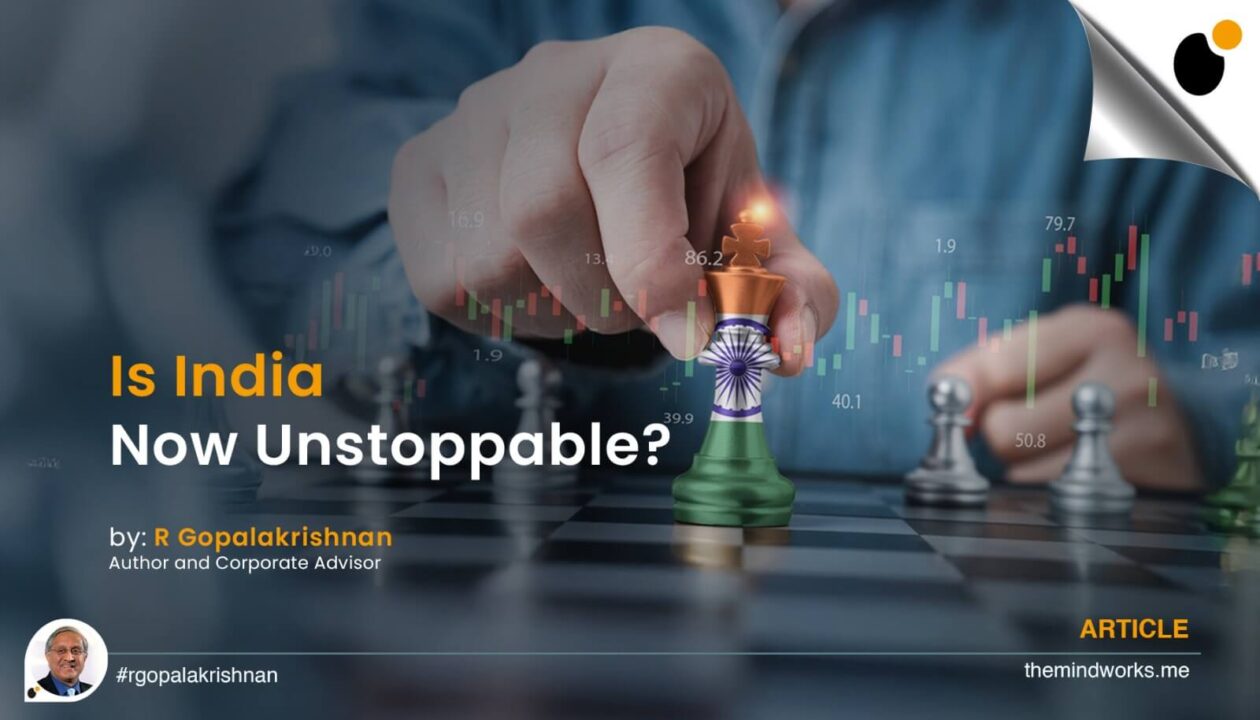The fable of the Icarus flying too close to the sun is well-known. All leaders have their Icarus moments (temporary megalomania) as alluded to in my 2019 book, CRASH. Permanent megalomania, however, is a neurotic condition; when combined with cult-building, drastic dangers arise. You know that tyranny is brewing when you see megalomania and cult emulsifying.
Megalomania plus cult debacles of Enron, Tyco, and WorldCom became clear in hindsight–could they have been anticipated as the symptoms developed? What about Yes Bank, Jet Airways, Kingfisher, and the smoke signals from Patanjali? Recall a megalomaniacal Voltas leader in the early 1980s, whose behaviour with colleagues was arrogant, who dissed the Tata way of management, made tall claims, and left a trail of debris for successors to clean up.
Nations, like companies, can also fall into the megalomania plus cult trap.
Megalomania
In 1876, Ottoman Caliph Abdul Hamid II acceded to the throne after Murad, his brother, was deposed. Coming after the resultant chaos, Abdul was expected to be a liberal reformer, but he turned out to be a narrow conservative. When the Christian Armenians agitated for their cause, he turned a blind eye when Kurdish goons, Hamidaye Alaylari, eliminated Armenians. His secret police, Umur-u Hafiye, arrested his opponents to prevent dissidence. He faulted his predecessors’ liberal reforms, tanzimat, and proposed a pan-Islamic ideology. Pointing to external threats, he implemented istibdad, reducing ministers to assistants, and concentrated power unto himself. His regime was a period of decline.
As the Nazi storm clouds gathered, visitors to Germany in the 1930s included distinguished personalities like Charles Lindbergh and David Lloyd George, even the Maharaja of Patiala. Through ubiquitous propaganda, residents and visitors were harangued about the pernicious effects of historical injustices–Versailles Treaty, Weimar regime, and Jews, for example. Disenchanted with their own struggling democracies, or by the emerging Bolshevik threat, many visitors ignored the visible dangers.
Julia Boyd (Travellers in the Third Reich, Elliott & Thompson, 2017) aggregated the writings of ordinary travellers. Adolf Hitler claimed sole credit for all positive developments and blamed someone for all frailties; he was lauded by his cult-like circle of sycophants. Large corporates like Krupp and IG Farben are thought to have supported him. Hitler gloated in a ‘soup’ of megalomania and cult, while common people experienced the relentless rise of religious strife and fascism.
Germans said later, “Wir haben das nicht gewusst.” (we had not known all this). They could sense the deep racial turmoil but suppressed the thoughts because (i) foreign dignitaries were received with great fanfare, (ii) their business interests were advanced, and (iii) particularly Americans would not comment lest their own track record with blacks could be raised.
Cult
A cult, usually headed by a powerful leader, is an organized group, which dominates its members through psychological manipulation and pressure strategies. Cult leaders are dangerous because they rely on deception and are psychopaths.
Do megalomaniacal corporate leaders like Harold Geneen (ITT), Lee Iacocca (Ford and Chrysler), Jack Welch (GE), and Carlos Ghosn (Renault Nissan) qualify as cult leaders? Or Maharishi Mahesh Yogi, Chandraswami, Osho Rajnish, and Baba Ramdev, all of whom built huge business empires? The Mormon Church is reportedly one of the largest landowners in America. The global revenues of faith-based organizations were estimated in 2016 at USD 400 billion, not far from Microsoft or Amazon. (The Divine Economy, Paul Seabright, Princeton, 2024).
Warning signals
Despite inevitable ambiguities, stakeholders must read and interpret the warning signals. Failure to do so can land the institution in dire straits; some, not all, of the following seven characteristics are usually visible and palpable among such leaders: (i) become authoritarian, (ii) have a low tolerance for criticism blaming others for conspiracies (iii) happily accept praise from domestic and foreign sources (iv) enjoy the limelight and preen themselves for photo opportunities (v) love their admirers who laud the leader with superlative descriptors, (vi) make statements as inalienable truths, and, (vii) finally, they are scornful of alleged failings of predecessors with themselves trying to neuter the consequences.
We box our leaders into a moral binary—all greatness, or all sin. The reality is that it is a mix, and what you see is what you get. You must interpret the signals–ignore them at your peril. Is Elon Musk a brilliant entrepreneur, a disaster, or both? What about Sumner Redstone of Viacom? Or his daughter, Shari Redstone, of Paramount? Are PayTM, Byju or Ola start-ups or upstarts?
Constructive scepticism and stakeholder alertness are essential in such situations–food for thought in an India that is racing to join ‘developed’ status soon.



